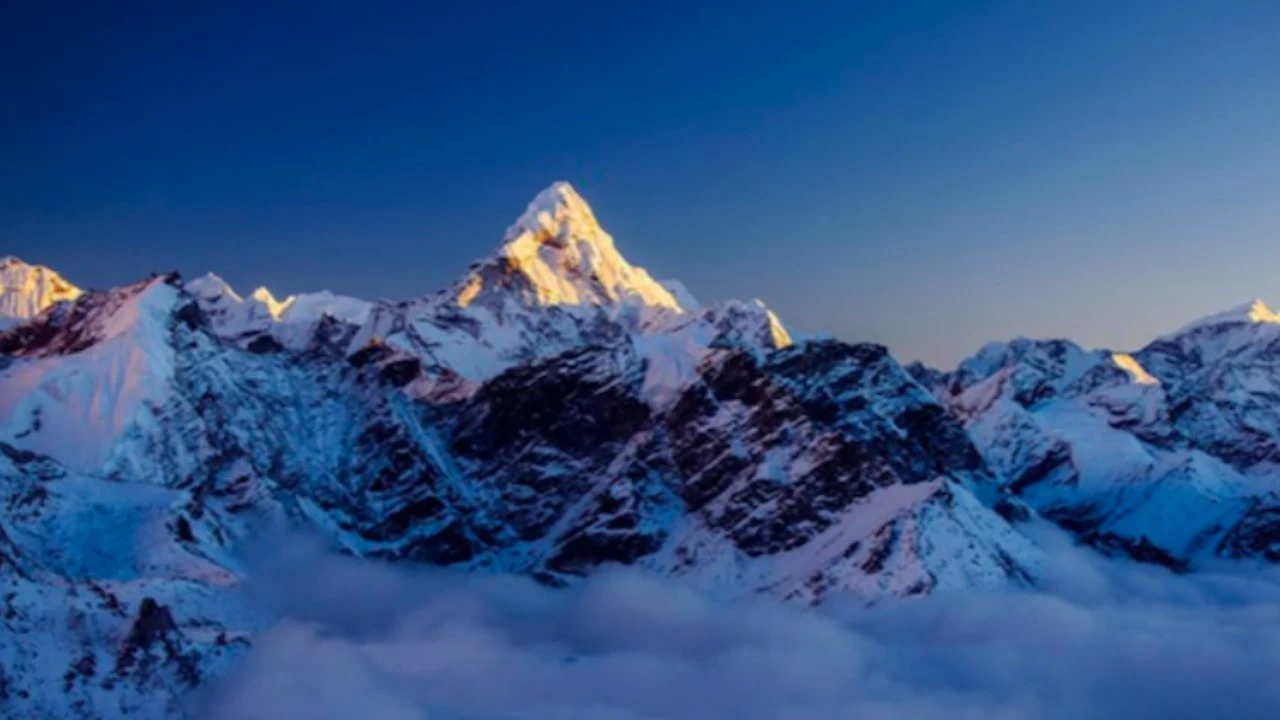

By signing in or creating an account, you agree with Associated Broadcasting Company's Terms & Conditions and Privacy Policy.


By signing in or creating an account, you agree with Associated Broadcasting Company's Terms & Conditions and Privacy Policy.

Dehradun: A discovery in Uttarakhand has changed what scientists believed for decades. For the first time, researchers have found evidence that humans lived in the high Himalayan region of the state around 8,100 years ago. This is far older than earlier estimates, which suggested human activity only 4,600 years ago. The findings have opened a new chapter in the history of human civilization in the Himalayas.
This groundbreaking research was shared at the National GeoResearch Scholars Meet, held at the Wadia Institute of Himalayan Geology in Dehradun. Scientists from IIT Roorkee and IISER Mohali carried out detailed studies at Toli (Tolī) Lake, a freshwater lake in the Gopeshwar region of Chamoli district.
Sediments act like a time capsule
The research team drilled a 178-meter-deep sediment core from the lake’s edge. These sediments act like a time capsule, storing environmental and biological information for thousands of years. The samples were divided into five units and examined layer by layer to understand how the climate changed and when humans arrived in the region.
The findings tell a fascinating story. Between 18,100 and 13,600 years ago, the area was extremely dry. This period belongs to the end of the Late Glacial Maximum, when glaciers were widespread around the world. Slowly, as temperatures rose and glaciers melted, the region became more humid. Plants, animals, and other life forms began returning to the area.
It was during this warming phase that signs of human presence started appearing
Using Sedimentary Ancient DNA (Seda-DNA) technology, scientists found tiny DNA fragments buried deep in the soil. These fragments come from skin cells, microbes, or other biological remains left by humans long ago. The DNA analysis revealed that humans were present in the Toli Lake region around 8,100 years ago, making this the earliest confirmed human activity in Uttarakhand’s upper Himalayas.
Over time, human presence grew stronger. The study found pottery remains from about 3,300 years ago, showing that people had begun settling and creating daily-use items. Later, around 2,400 years ago, scientists discovered polycyclic aromatic hydrocarbons (PAHs)—chemical compounds that form during combustion. This is clear evidence of human-caused fires, either for cooking, clearing land, or other activities.
This discovery adds to a broader picture of human history
This discovery adds to a broader picture of human history in the Himalayas and the world. Earlier studies suggested that humans lived in the high Himalayas around 5,000 years ago, and genetic studies indicated human presence 8,000–8,400 years ago. In some high-altitude regions like Spiti Valley, evidence points to human activity as far back as 15,000–25,000 years ago.
On a global scale, modern humans have existed in India for about 65,000 years, and archaeological traces in the subcontinent date back up to 247,000 years. The oldest known evidence of modern humans in the world is around 300,000 years old, found in Morocco.
It also shows how human adapted to Himalayan region
The new discovery from Uttarakhand is the strongest direct evidence so far of early human life in the upper Himalayas. It not only deepens our understanding of ancient human movement but also highlights how people adapted to harsh mountain climates thousands of years ago.












